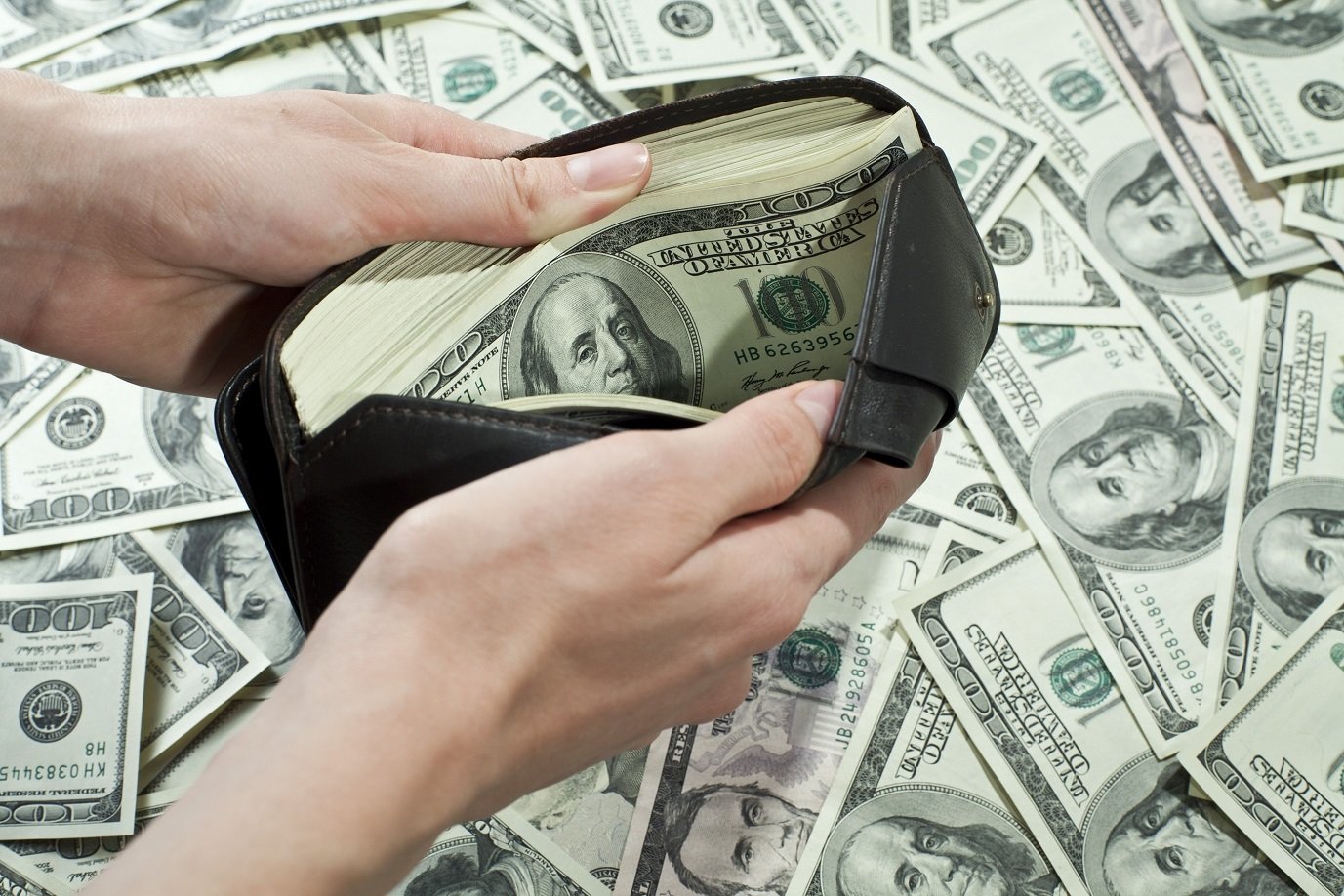Comment
Economic uncertainty
It could take a year for the global apparel industry's outlook to improve, writes Robert P. Antoshak, Gherzi Textile Organization partner.

Robert P. Antoshak explains that out of 15 macroeconomic factors, nine are weakening, while three more are mixed. Credit: Shutterstock.
Is the US economy in trouble and how will it impact the global apparel industry? That's the big question. There are many indications that we're about to tumble into a recession. However, not all signs indicate a fall. Many suggest a holding pattern or moderated growth - a pattern we've seen since at least last year.
When discussing the economy and apparel industry with various sourcing and planning executives, there's a consistent refrain about high inventories at retail, stubborn inflation, and weakening consumer demand. In turn, we owe many of these problems to the prolonged effects of the pandemic. Toss in the economic impact of the war in Ukraine, and we have a volatile mix of forces that have distorted supply chains, scrambled business plans, and built excessive inventories while discouraging consumers from purchasing.
It's always tempting to look at our industry in a vacuum and rely solely on anecdotal market observations. And, of course, there must be on-the-ground feedback about what folks see now and what they think lies around the corner. But these anecdotal titbits should be considered in the context of observations made in the broader economy.
Macro forces, whether in the form of money supply, inflation rates, politics, or armed conflict, directly impact our business, particularly because the apparel industry is spread across the globe. Indeed, the wider our industry spreads, the more susceptible it is to economic forces beyond its control.
You cannot be sustainable on your own. The whole industry must become sustainable. We must cooperate and collaborate.
Carlo Capasa tells Just Style.
The global apparel industry versus the economy
Industry feedback suggests the market is depressed, orders are harder to come by, and, other than some product niches and demand from the luxury segment of the business, the apparel industry and its textile supply chain are struggling. This shouldn't be surprising. After all, US apparel imports, for instance, are down by almost a third so far this year. If there was ever an indicator worth following, it's the import statistics. In addition, high inflation has impacted consumer demand for clothing, while higher interest rates have dampened consumer attitudes about excessive spending on products like clothes. As a result, the prospects for our industry for the moment appear to be uncertain.
Confusion. That's the word of the day. It takes time to discern a clear direction. Many economic measures contradict each other (like weaker GDP growth occurring while employment remains strong), suggesting that it's more important than ever to attempt to synthesise the macroeconomic measures with anecdotal evidence from the industry to try to make sense of it all. More pointedly for our industry, however, is finding a way to answer the question: when will the market improve?

Mines in Bayan Obo in Inner Mongolia, China, extract one the largest deposits of rare earth metals found in the world. Credit: Bert van Dijk/Getty images
US economic factors – positive, negative and mixed
As a starting point, let's summarise 15 macroeconomic factors affecting the apparel business. Of course, this is a partial list of possible macro factors affecting the apparel business. Still, it's a helpful list designed to reveal significant trends and suggest a possible future. So let's take a look.
First, let's begin with some positive developments:
1. Inflation
This shows signs of moderating
2. Interest rates
Central banks may be entering the final stage of interest rate increases
3. Consumer prices/inflation
All signs indicate inflation has moderated, with price spikes easing. However, inflation remains elevated from pre-pandemic levels.
Here are some worrisome developments:
4. Weakness in the banking sector
US Fed tightening of the money supply to dampen inflation has had the undesirable effect of forcing some US regional banks into insolvency. The US isn't alone with pressures witnessed elsewhere (such as in the Swiss banking sector).
5. Retail sales
Apparel sales are down in the US and recently stumbled in the EU, suggesting that consumers are spending their money on other things (such as travel and entertainment).
6. Inventory troubles
This hangs over the business and will negatively impact demand for the entire textile/apparel supply chain for some time. Until inventories are drawn down, expect weaker sales.
7. Consumer angst
Major US consumer sentiment surveys say consumers are not confident about the future. Such anxiety typically equates to lower retail activity; weak consumer sentiment equates to weak retail sales.
Here are some other macro-factors to consider:
8. The war in Ukraine
It's not over and talk of cessation of hostilities remains elusive.
9. Trade tensions
Relations between the US and China are strained. Although some recent interactions between both governments are encouraging, sabre-rattling in the Taiwan Strait remains an ever-present worry.
10. GDP growth in the US and EU has weakened
An outright recession has been avoided until now, weakening aggregate economic growth.
11. US debt
Congress has approved a deal to raise the government's borrowing limit and prevent a potentially catastrophic default on US debt repayments.
12. China's economy remains anaemic
Despite all the hype that China's economy would boom once the Covid-lockdown was lifted, the Chinese economy has struggled. Domestically, demand is uneven, while the export business struggles with tepid demand.
Here are some mixed measures:
13. A weaker US Dollar
This is good news for countries with debts priced in US dollar currencies. For clothing brands importing into the US, prices will be higher, which could add to apparel company woes.
14. Employment and wages
Hiring remains robust, while the unemployment rate has dropped, and wages have grown. Yet a tight labour market is inflationary, which dampens demand.
15. Trade performance
US imports of textiles and apparel is down, whereas import growth is a measure of economic activity. Declining imports are consistent with moderating GDP growth.
Overall outlook
Overall, out of 15 factors, nine are weakening, while three more are mixed. Moreover, with only three factors demonstrating improvement, it's hard to be optimistic about the immediate future. More work needs to be done. Supply chains are still knotted with high inventories; consumer demand remains inconsistent, and monetary policy remains restrictive.
So, factors remain bearish for the immediate future (next two to three quarters). Consumers who are not confident about their economic prospects in the short term – and with so many negatives in the economy now, can we blame them? The key to deciphering this market is how to best weigh likely short-term prospects with long term probabilities.
All of this will sort out eventually. It is doubtful that we have entered a permanent environment of anaemic sales. Still, we are in a rut for now and likely for the next few quarters.
Barring some conflict over Taiwan, it's more likely than not the market will rebound after this current lull, and forces reinforcing that lull will dissipate.
Okay, so you have it: my anecdotal assessment. What's the bottomline: things will improve, but we must wait until next year.